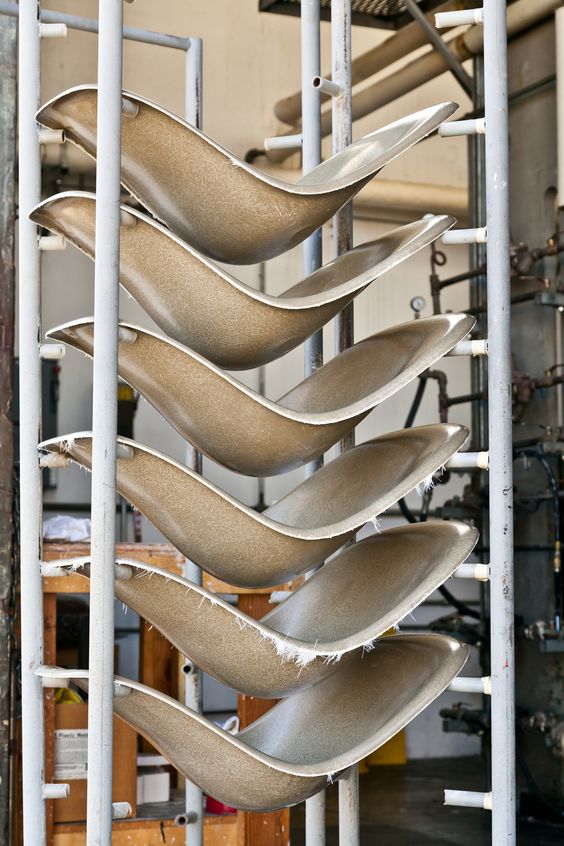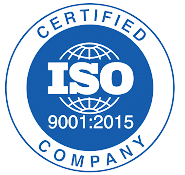
Fibreglass, known as glass wool, fibrous glass, and glass fibers, is made up of extremely tiny fibers of glass and chemicals. When it is being sanded, cut, chopped, or trimmed, it produces harmful dust that contains fibers that can get on the skin and into the eyes, which places workers at a health risk.
Producers of fibreglass products are well aware of the hazards involved in the production of their products and take extreme measures to ensure the safety and well-being of their workforce. This one factor is a major concern.
Additionally, the office of the Occupational Safety and Health Administration has developed guidelines regarding the handling and production of fibreglass. The Environmental Protection Agency (EPA) has regulations regarding the installation and use of fibreglass products as well as the pollutants produced during production.
Fibreglass Hazards
Large fibreglass fibers irritate the skin, and eyes, and can get into the upper respiratory tract of workers. Exposure to fibreglass can lead to serious health conditions and risks. Constant exposure to fibreglass by unprotected skin leads to irritation and rash, while inhaling fibreglass dust irritates the nose, throat, and breathing passages.
A more serious condition can occur if fibreglass dust is swallowed. In this case, the fibers cause irritation to the stomach. When inhaled, fibreglass dust settles in the lower part of the lungs and causes constant irritation and breathing problems.
Protective Gear
Due to the many hazards related to handling fibreglass, employers supply employees with inspected and approved safety gear. As with all manufacturing, the first thing employees wear is safety glasses to protect their eyes. For greater protection, goggles are used to completely enclose the eyes. Additionally, various types of masks have been used that cover the nose and mouth. This form of safety device is made of heavy material and prevents any form of particles from entering the airways.
Another standard piece of equipment is a pair of gloves that are designed to prevent fibreglass particles from getting on the hands. Normally, this type of glove extends up the arm to the elbow and covers the forearm.
Workers that continually work with fibreglass have more rigorous protective gear, which covers the head and neck. The front of the headgear has a respirator with interchangeable air filters.
Included in the protective gear provided by employers is protective clothing usually in the form of a jumpsuit that covers workers from the neck to their ankles. The fabric in the clothing is designed to prevent the passage of dust particles and is made with a very fine weave of resilient material.
First Aid Measures
In all work areas used for fibreglass production is an eye washing fountain with two jets of water. For further protection, manufacturers supply employees with showers and areas for regular hand washing.
Occupational Safety and Health Administration (OSHA)
There are several sections of the OSHA regulations that address the concerns of workers who come in contact with fibreglass dust.
- General Industry 29 CFR 1910 – This regulation relates to dust from synthetic fibers.
- Health Effects – OSHA has published a list of the health effects that can occur due to exposure to synthetic fibers. Their research includes data from several national and world organizations.
- Exposure Limits – The information in regard to this aspect of production covers all forms of chemicals including synthetic fibers and has specifics regarding each form of toxic material.
- OSHA No. 2005-149 – Provides descriptions regarding exposure limits, methods of measurement, protection and sanitation methods, first aid, recommendations for respiratory concerns, symptoms, targeted organs, and where cancer may develop.
- OSHA also provides data regarding the appropriate protective gear, how to protect a worker‘s lungs, and what types of materials are carcinogenic.
- Standard 1926.957 – This standard is specifically written for the construction industry and its use of fibreglass.
Environmental Protection Agency (EPA)
The EPA provides information regarding the types of pollutants produced by fibreglass fabrication, methods to reduce pollutants, and the resources available for reducing fibreglass pollutants.
Conclusion
- Fibreglass molding is a method for forming complex and intricate parts using fibreglass resin.
- Fibreglass molding is an inexpensive method for the production of durable and lasting products and parts.
- From its original discovery to be used as insulation, fibreglass has grown into a widely used material that can be shaped into limitless products.
- The ingredients for fibreglass include silica sand, limestone, and soda ash. Added to those basic ingredients are calcined alumina, borax, feldspar, nepheline syenite, magnesite, and kaolin clay to name a few.
- The determination of the process used to mold fibreglass depends on the type of part or component that is being created.




